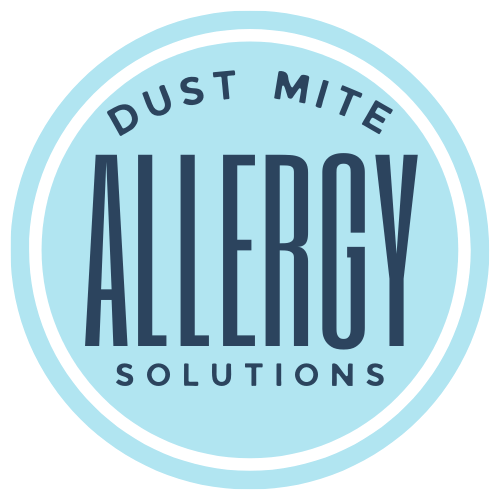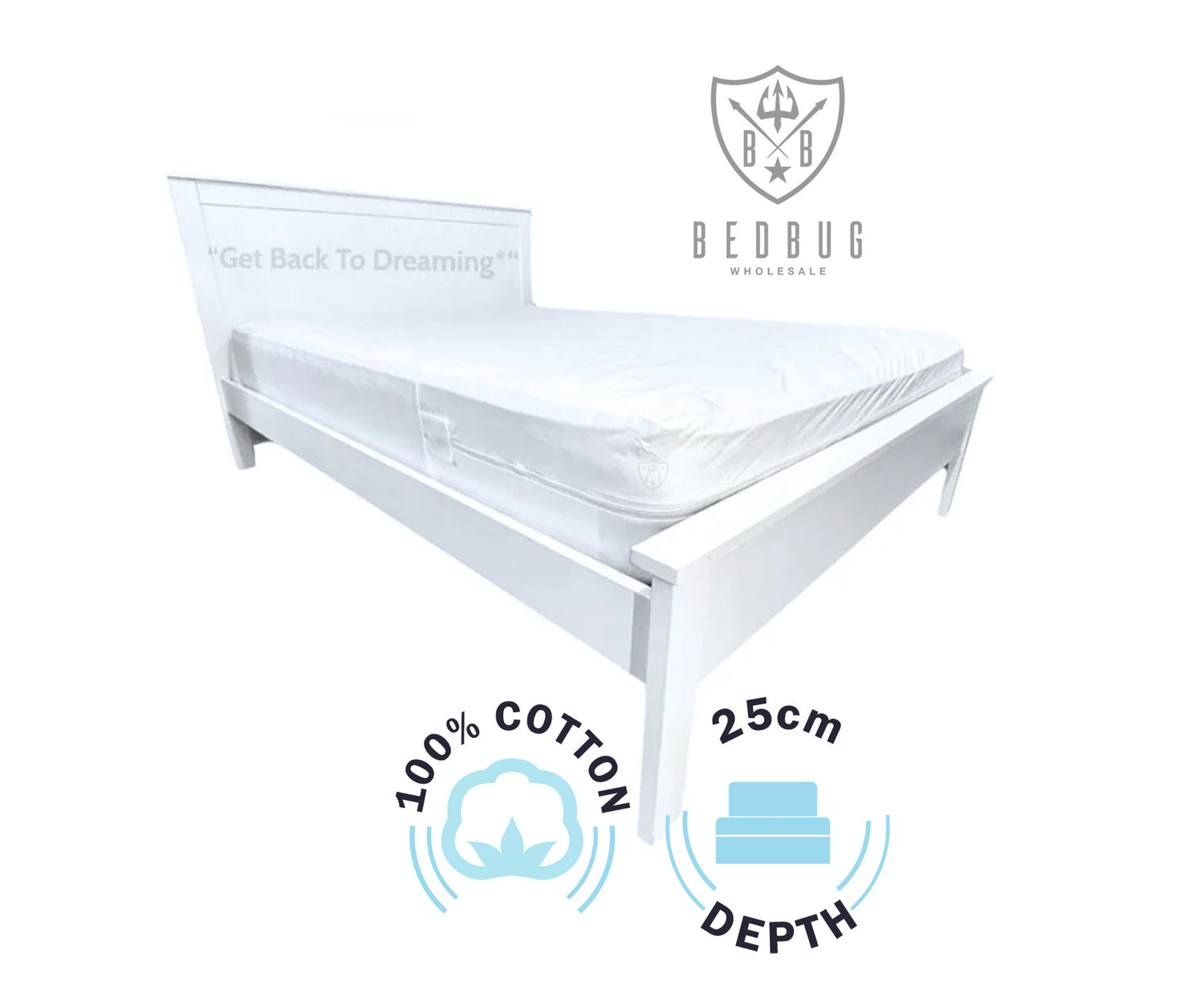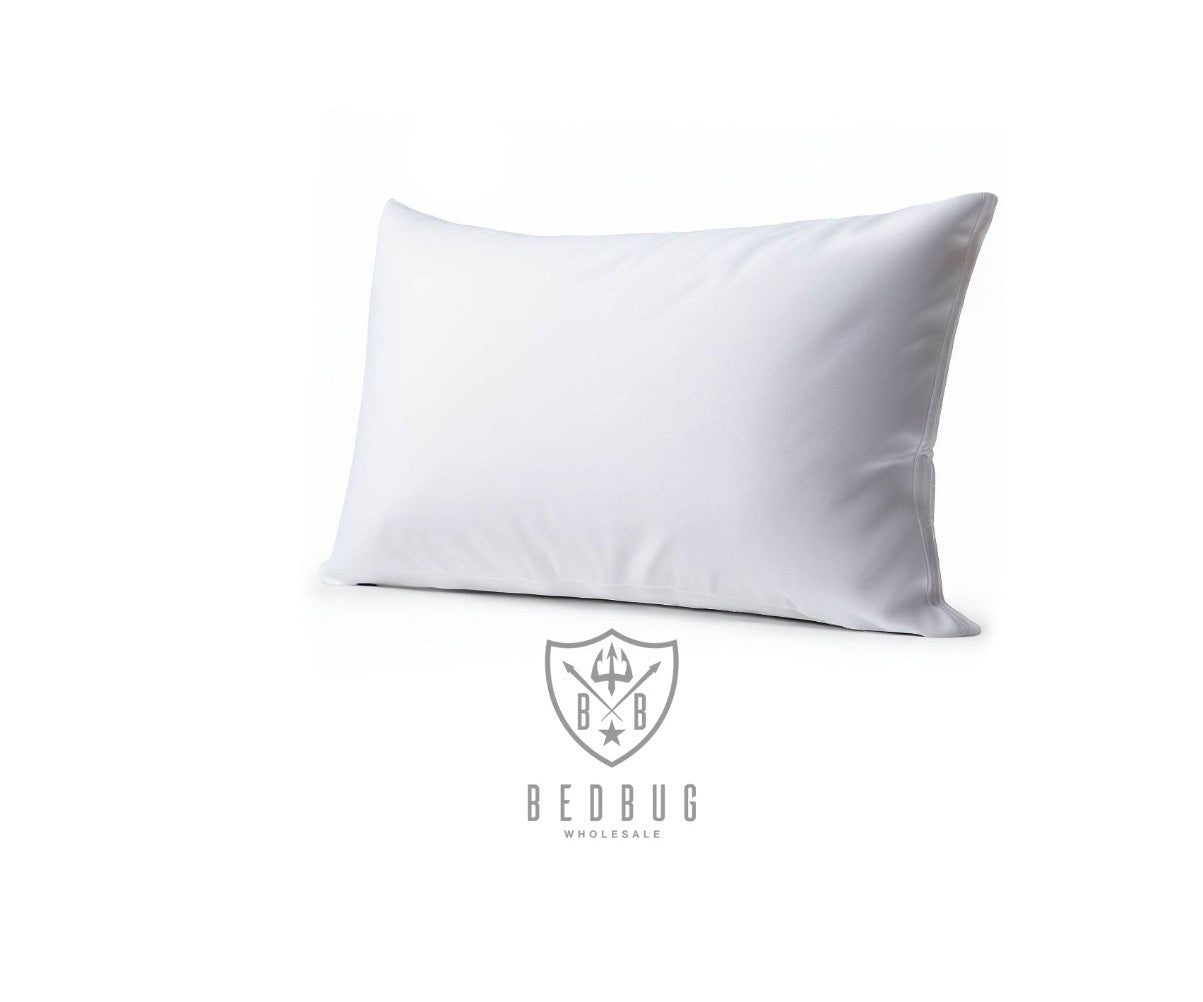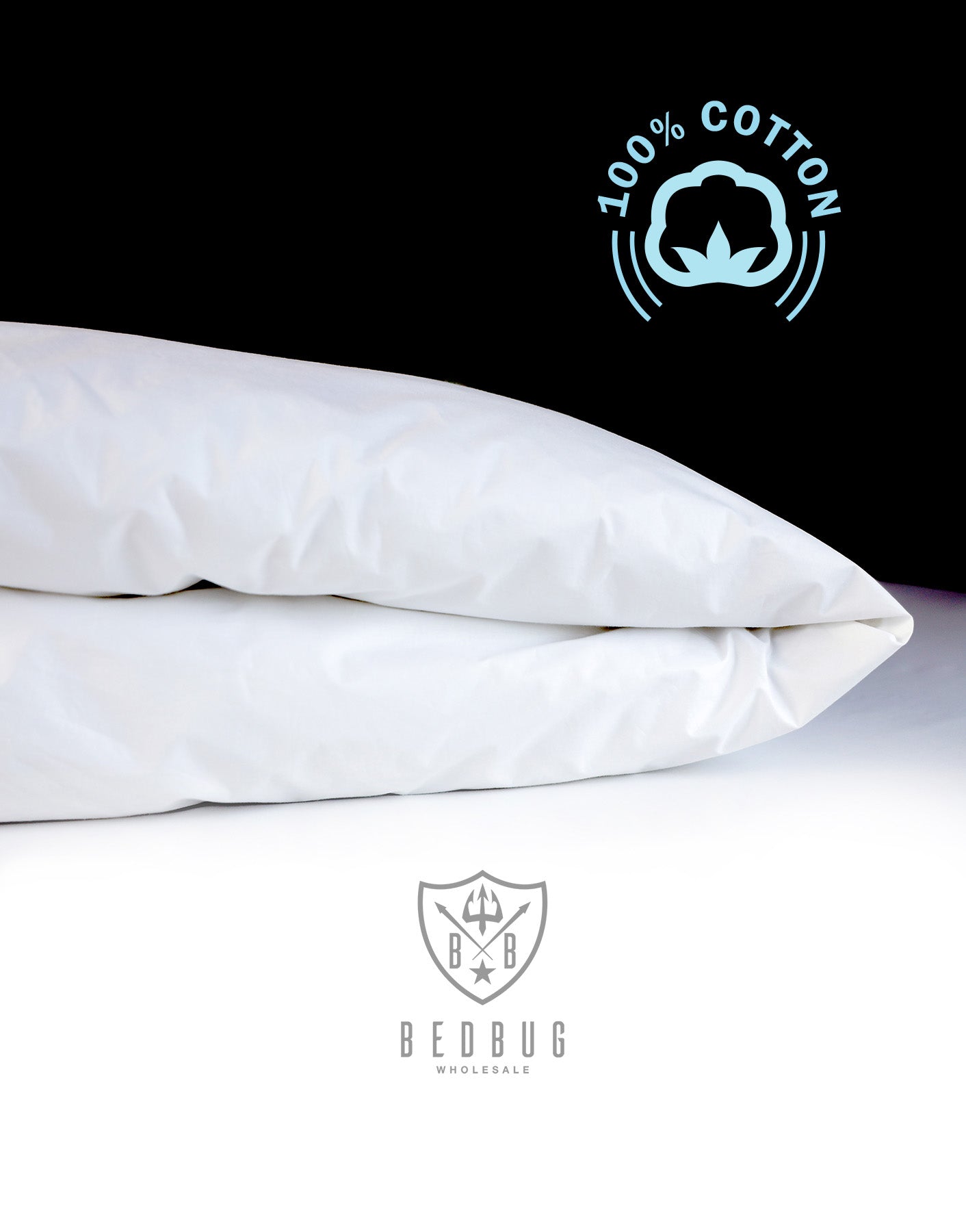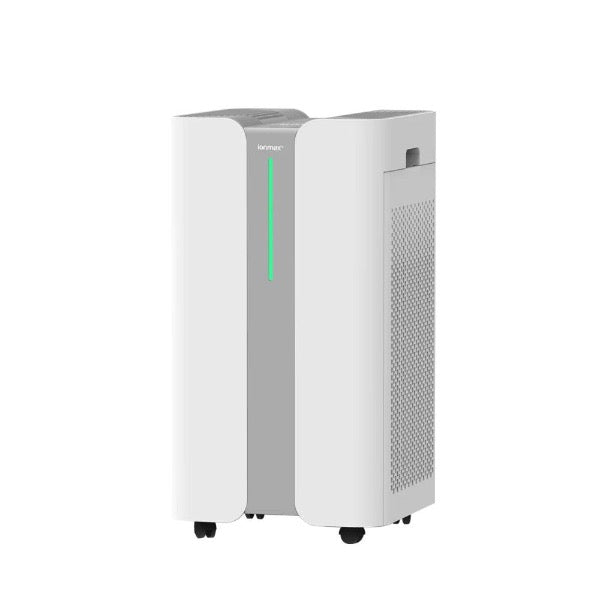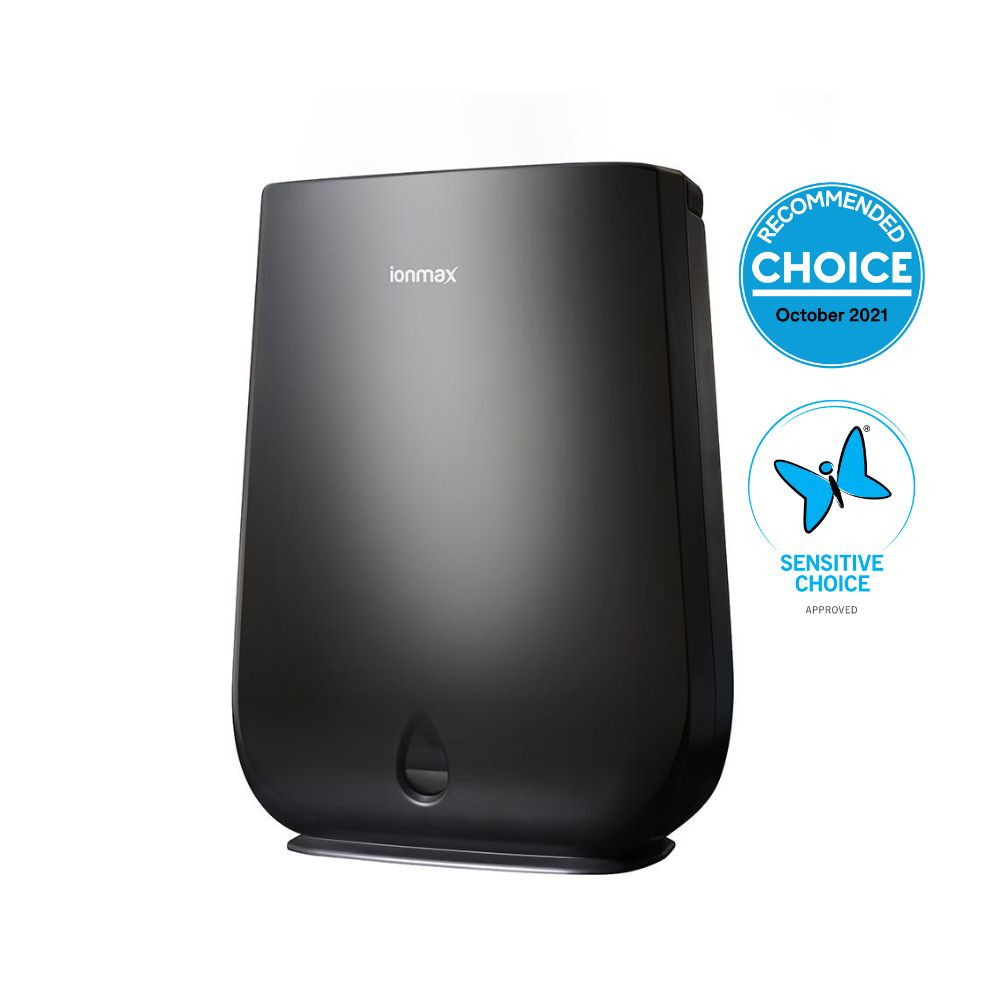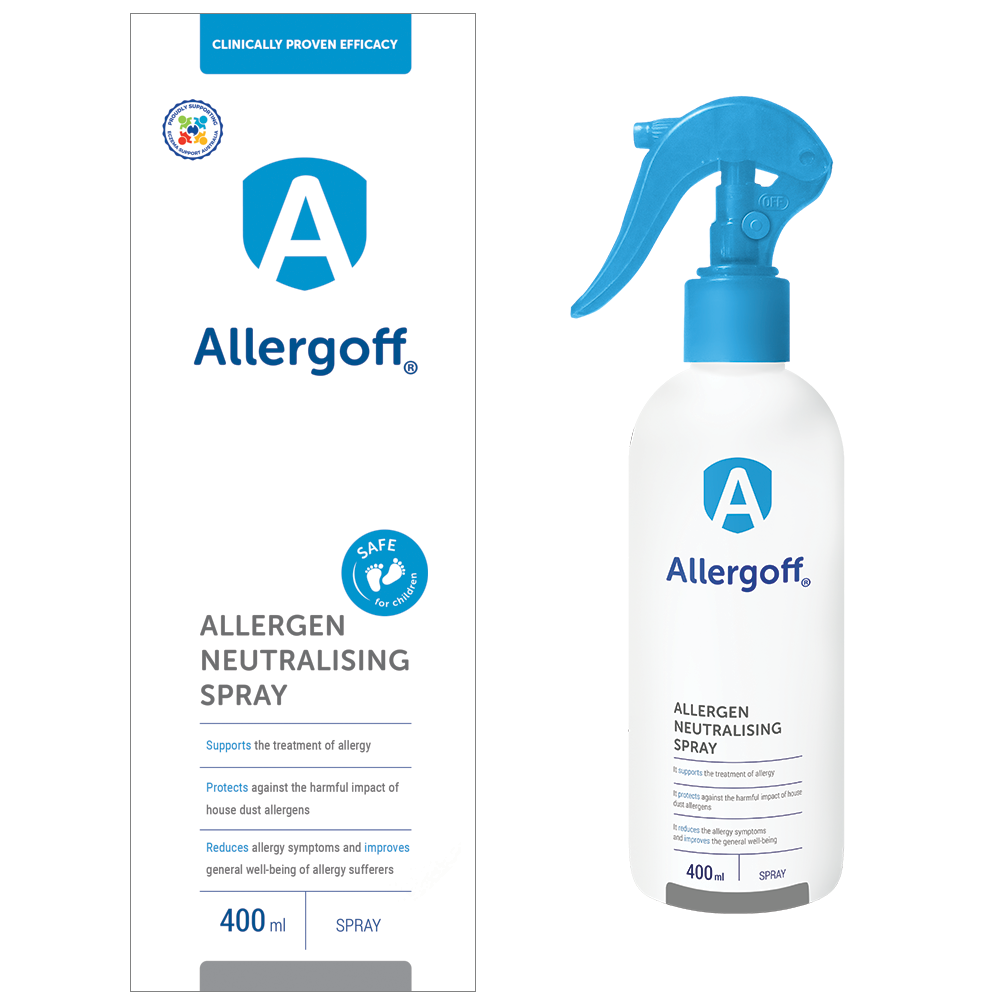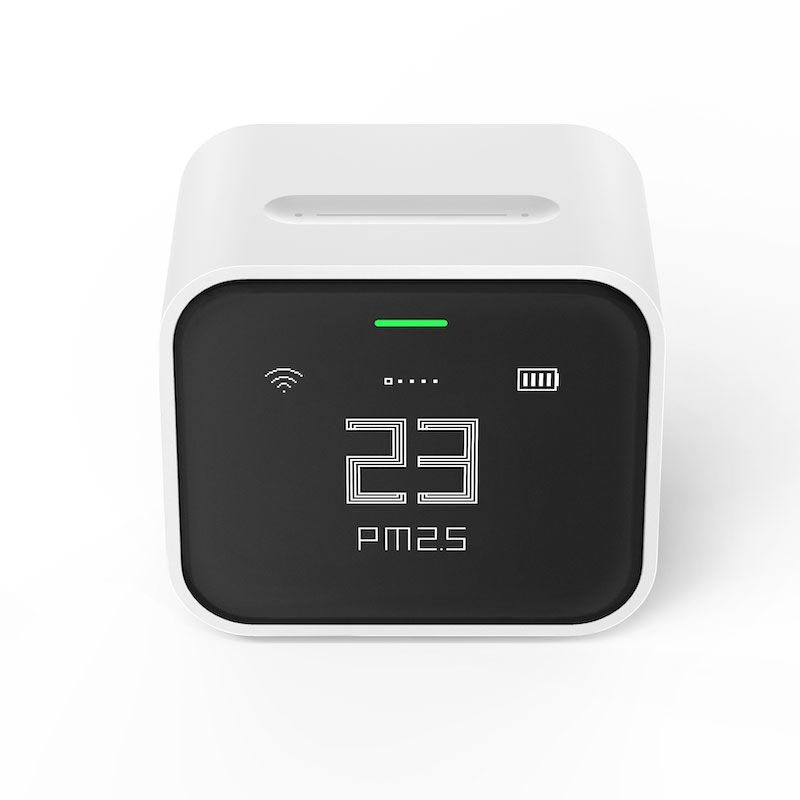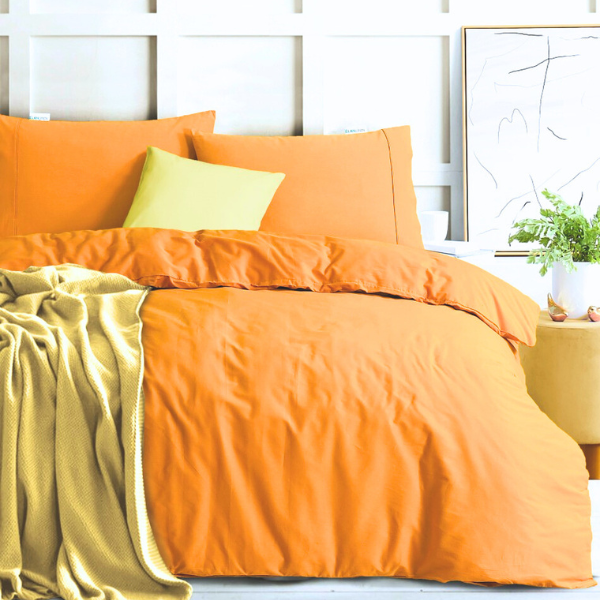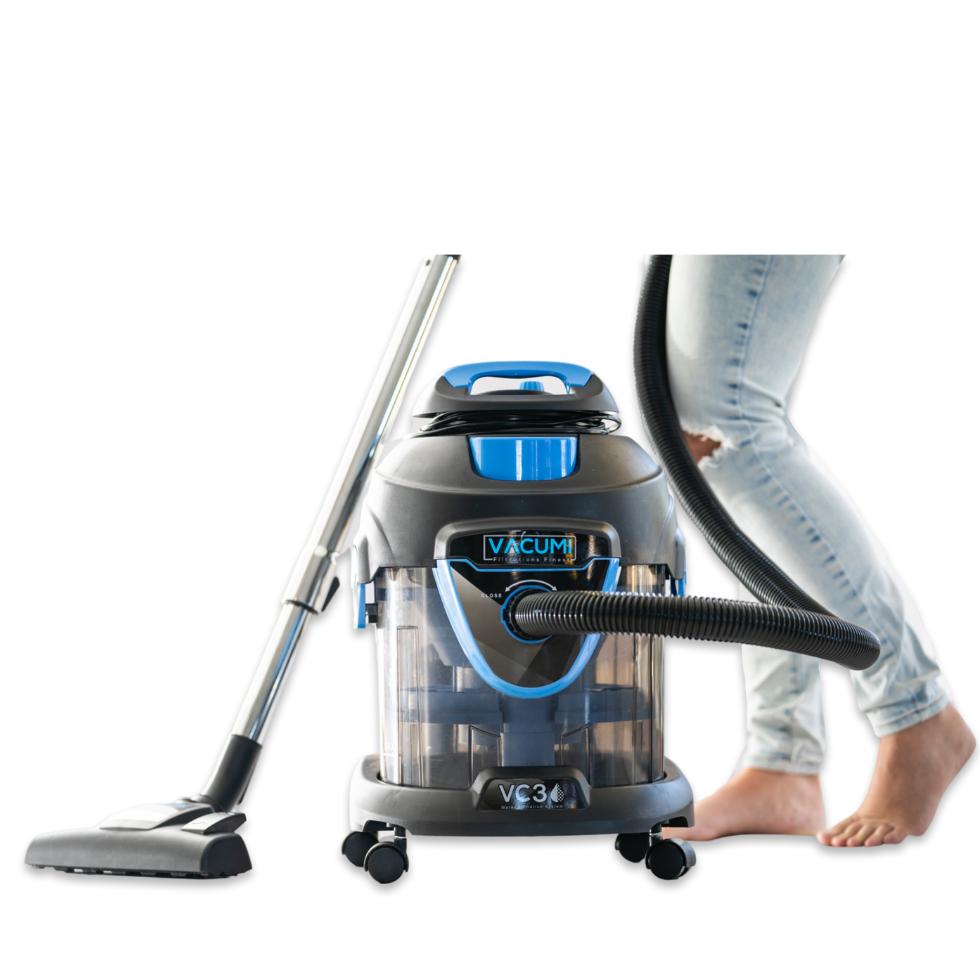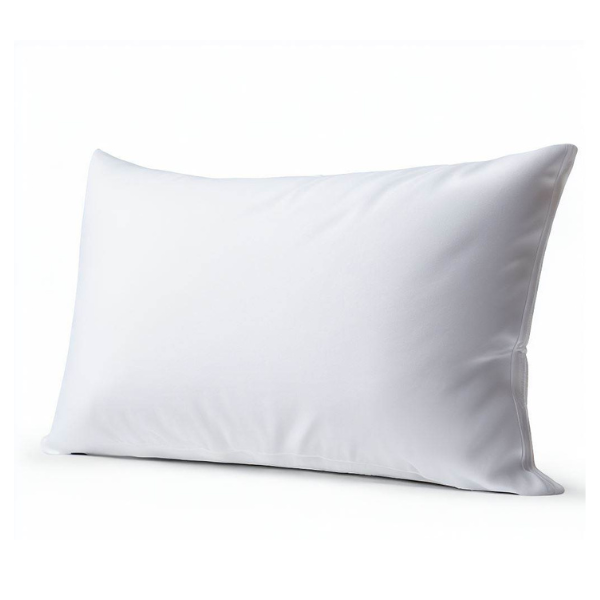If you're suffering from dust mite allergies, choosing allergy friendly bedding to help reduce your exposure to dust mites can help manage your symptoms.
What is Hypoallergenic bedding?
Hypoallergenic bedding is made with fewer substances that can cause allergies, according to Healthline.
However, "hypoallergenic" doesn’t mean that the product is completely free of allergens or that it will prevent all allergic reactions. It simply means the bedding is designed to reduce the presence of common allergy triggers, but there's still a chance an allergic reaction could occur.
Currently, there are no legal regulations governing the use of the term "hypoallergenic" for textiles. This means that brands can label their products as hypoallergenic even if they haven't been specifically designed to minimise allergens that could trigger allergic reactions.
Here are some things to look for when choosing bedding:
-
Hypoallergenic materials: Choose bedding made from naturally hypoallergenic materials that are less likely to cause an allergic reaction, such as: silk, bamboo, eucalyptus, lyocell, organic cotton, or microfiber.
-
Tight weave: Look for bedding with a tight weave that can help prevent dust mites from getting in and out of the fabric.
-
Easy to wash: Make sure your bedding is easy to wash in high temperatures and dry, as washing it frequently can help remove dust mites and their allergens.
-
Anti-allergen treatments: Some bedding is treated with anti-allergen treatments, which can help reduce the presence of dust mites and their allergens.
-
Replace regularly: It's important to replace your bedding regularly, as dust mites and their allergens can accumulate over time. Experts recommend replacing pillows every 1-2 years, and mattresses and box springs every 8-10 years.
- Dust mite covers: You might want to consider using special dust mite covers for your pillows, duvet, mattresses, and box springs. These are made from tightly woven fabrics that can prevent dust mites from penetrating the surface.
Suggested materials for allergy friendly bedding
Silk - Silk is soft, breathable and helps regulate body temperature, which can be especially beneficial for those who suffer from night sweats or hot flashes. However, it's important to note that some people may still have an allergic reaction to silk, especially if they are sensitive to certain proteins found in the material. If you are unsure whether silk bedding is right for you, it's always a good idea to consult with an allergist or healthcare professional.
Linen - is highly breathable, allowing air to circulate and minimising moisture buildup. Its natural antimicrobial properties help resist bacteria and fungi, reducing the risk of allergic reactions. Additionally, linen is less likely to irritate sensitive skin, and it is durable and easy to clean, making it effective in removing allergens from bedding and clothing.
Eucalyptus - The fabric made from eucalyptus fibres is highly breathable and moisture-wicking, helping to keep the skin dry and discourage the growth of dust mites and other allergens. Additionally, eucalyptus is less likely to irritate sensitive skin compared to some synthetic materials, making it a comfortable choice for those prone to allergies.
Lyocell - Lyocell is a soft, breathable fabric made from regenerated cellulose, often derived from eucalyptus wood pulp, known for its moisture-wicking and environmentally friendly properties. According to this study, Lyocell can be a good option for people with allergies due to its softness, which reduces skin irritation, and its effective temperature and moisture control, which helps keep the skin dry and could prevent conditions that could aggravate allergies.
Bamboo - Bamboo is a natural, eco-friendly material that helps keep you cool and dry while sleeping, reducing the likelihood of mold and mildew growth. Additionally, it has natural antibacterial properties that can help prevent the growth of bacteria, fungus, and other microorganisms. Bamboo is also naturally resistant to dust mites, making it a great choice for those with allergies.
Organic cotton - Organic cotton is a great option for allergy sufferers due to its hypoallergenic and breathable properties. Organic cotton is breathable, durable and easy to care for, making it a practical choice for bedding.
Microfiber - Due to its tightly woven fibers microfibre is considered a cost-friendly option. Microfiber is generally not as breathable as natural fabrics like cotton or linen. While it can wick moisture away from the skin, its tight weave and synthetic nature can limit airflow, potentially causing it to retain heat and moisture; however, microfiber is easy to care for, durable, and affordable, making it a practical choice for bedding.
What is OEKO-TEX certification?
OEKO-TEX certification is a globally recognised standard that ensures textiles and fabrics are tested for harmful substances and are safe for human use. Products with an OEKO-TEX label have been thoroughly tested and certified to be free from chemicals and substances that could be harmful to health.
The most common certification under OEKO-TEX is the STANDARD 100 by OEKO-TEX, which means every component of the product, including threads, buttons, and other accessories, has been tested for harmful substances.
In short, if a product is OEKO-TEX certified, it means it has been independently tested and verified as safe for use, giving consumers confidence in the safety of the textiles they purchase.
Understanding the difference between hypoallergenic and OEKO-TEX certification
While hypoallergenic products aim to reduce allergen exposure, OEKO-TEX certification ensures that the materials used in those products are free from harmful substances.
A product that is both hypoallergenic and OEKO-TEX certified provides an extra layer of assurance that it is safe for individuals with allergies or sensitivities.
In essence, OEKO-TEX certification complements the concept of hypoallergenic by ensuring the overall safety of the materials used.
Why you could consider dust mite protectors
Using mattress protectors for dust mites can be a great option for individuals with allergies because these protectors act as a barrier between the sleeper and the allergens that dust mites produce.
By encasing the mattress, pillows, and sometimes even the box spring, these dust mite mattress protectors prevent dust mite waste and body fragments, which are the main allergenic substances, from coming into contact with the sleeper.
